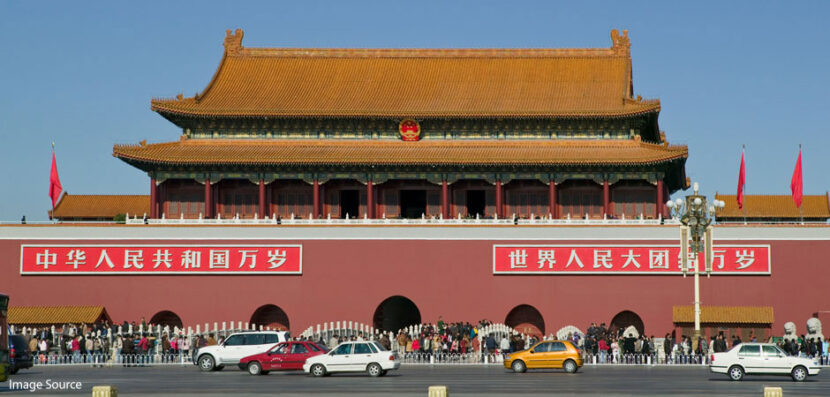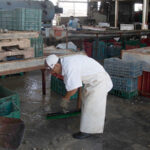Tiananmen Square: Thirty Years Later
Here in the United States, we often take the right to protest for granted. But in China in 1989, the government strongly and publicly cracked down on a group of student protestors in Tiananmen Square, with deadly results that have affected the country ever since. Here, Election Central takes a closer look at what happened, as well as the effect that the crackdown still has on the political climate of China today.
The Student Democracy Protests
In the 1980s, China experienced a great deal of rapid economic development, including a switch to a market economy. Unfortunately, these changes benefitted only the wealthy few, while the rest of the country faced serious economic inflation and widespread political corruption. As a result, many Chinese citizens–especially young people–were angry and ready to demand change.
In April 1989, a pro-reform leader named Hu Yaobang died. In the wake of his death, tens of thousands of students–as well as professors, workers, and others–marched in Beijing’s Tiananmen Square in a protest that began on April 15 and lasted for several months. (It’s estimated that at the height of the protests, about a million people were gathered there.) The protestors were demanding democratic reform, but they also wanted a free press, bargaining rights for workers, an end to political corruption, and other changes.
On June 4, Chinese political leader Deng Xiaoping demanded that the protest be shut down. The communist government declared martial law. Despite the fact that the demonstrations were peaceful, military troops moved on the protestors with assault rifles and tanks. The soldiers used armed force in Tiananmen and in hundreds of other Chinese cities over the next few days. (In mainland China, the event is now known as the June Fourth Incident). No official death toll was recorded, but experts estimate that it ranges anywhere from several hundred up to ten thousand, with thousands more wounded. (Several soldiers were killed as well.)
A Brutal Aftermath
In the wake of the massacre, surviving protestors were charged with violent crimes and executed. Other protests were immediately suppressed as well, and foreign journalists were removed from the country. Since then, the Communist Party–which still rules China today–has tried to remove information about the events in Tiananmen Square from history using methods ranging from intense online and media censorship to intimidation of the families of the victims. Meanwhile, Chinese society has become further and further restricted. Speech is tightly controlled, and there is very little movement toward political reform. The result is that in many ways, China is even less democratic than it was before the massacre.
Even so, not everyone is allowing themselves to be silenced. Every year, groups of people join together to openly commemorate the massacre, despite intense threats to their personal safety. Now, in honor of the upcoming 30th anniversary of the protests, a photographer named Jian Liu–who was himself one of the student protestors in 1989 and is now living in the United States–has released his photographs of the event, allowing the world to see what happened up close for the first time ever.
Related Link: Click the hyperlink here to see some of Jian Liu’s photographs of the protest in Tiananmen Square thirty years ago.
What’s Next for China?
While the Communist regime has done what it can to try to erase the memory of Tiananmen, a spirit of activism and protest remains alive and well in China. Those who were students at the time of the protest crackdown and the generations that have come after often cite the Tiananmen square protests as a source of inspiration as they continue fighting for a better, more just China.



